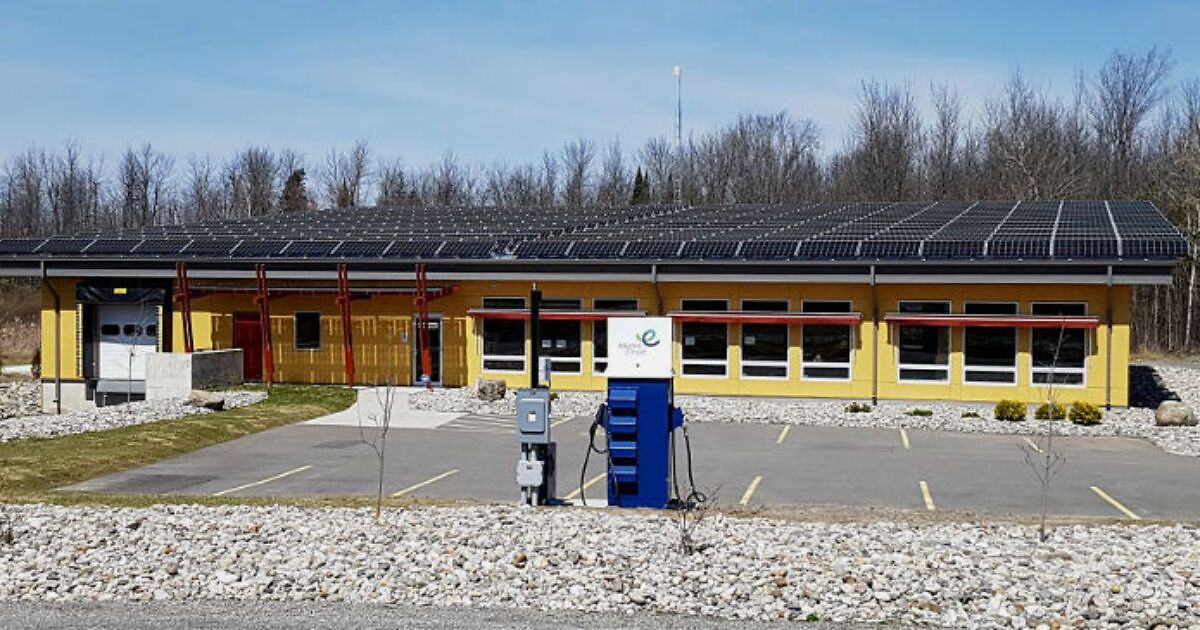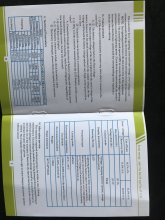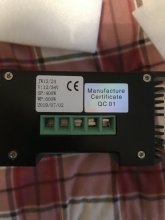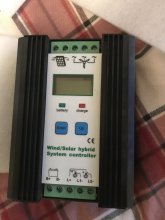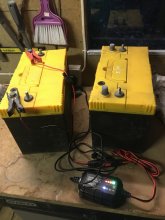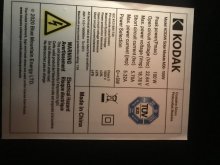HI everyone, sorry to ask a question which i'm sure has been asked a million times, i have researched it and i am not being lazy!
My wife wants lights and a fridge for her allotment (keep the wine cool!)
So i have bought a 100w solar panel, i'm looking for a reasonable price wind turbine, (been trying to get a Rutland 913 but too expensive) and i have also bought a hybrid charge controller and 2 x 120a leisure batteries.
I have wired the 2 batteries positive to positive and negative to negative, connected this to the charge controller using 10 gauge wire with 30amp fuse built in, the charge controller is a Fuhuihe Wind Solar Hybrid Charge Controller Boost Charge 12/24V Auto Charging Controller 600W Wind + 400W Solar but it doesnt have a USB port. Then from the charge controller to the solar and turbine.
Q 1 is the above set up correctly?
Q 2 Any recommendation's for a turbine?
Q 3 How do I run a USB (5V) from this?
Q 4 Can I run a plug socket from the batteries and connect the fridge? it's a Engel DC fridge
Thanks in advance for any help
Adam
My wife wants lights and a fridge for her allotment (keep the wine cool!)
So i have bought a 100w solar panel, i'm looking for a reasonable price wind turbine, (been trying to get a Rutland 913 but too expensive) and i have also bought a hybrid charge controller and 2 x 120a leisure batteries.
I have wired the 2 batteries positive to positive and negative to negative, connected this to the charge controller using 10 gauge wire with 30amp fuse built in, the charge controller is a Fuhuihe Wind Solar Hybrid Charge Controller Boost Charge 12/24V Auto Charging Controller 600W Wind + 400W Solar but it doesnt have a USB port. Then from the charge controller to the solar and turbine.
Q 1 is the above set up correctly?
Q 2 Any recommendation's for a turbine?
Q 3 How do I run a USB (5V) from this?
Q 4 Can I run a plug socket from the batteries and connect the fridge? it's a Engel DC fridge
Thanks in advance for any help
Adam



